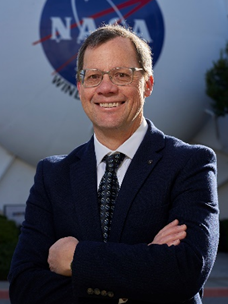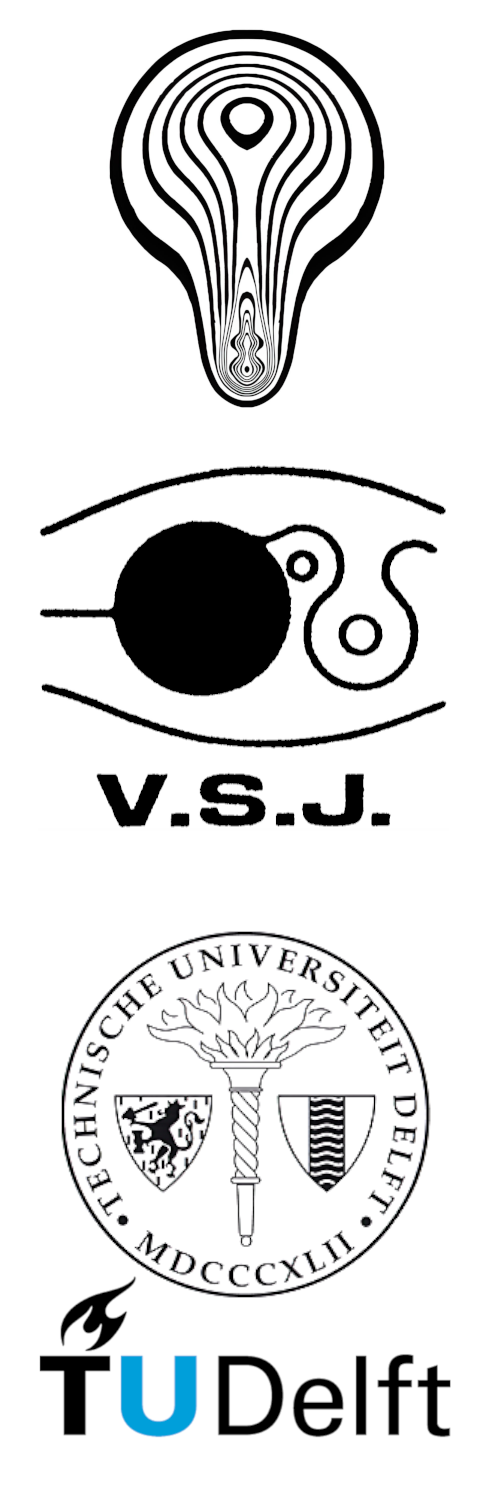Plenary Lecturers
|
|
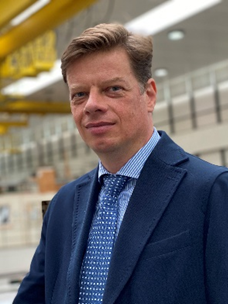 |
|
|
Prof. Dr. Yassin A. Hassan |
Prof. Dr. Christian J. Kähler |
James T. Heineck |
| Texas A&M |
University of the Federal Armed Forces |
NASA Ames Research Center |
| Flow Visualization and Measurements in Complex Geometries of Nuclear Reactor Applications |
The importance of turbulence in preventing airborne infections |
Airborne Schlieren: Developments for Imaging X-59 QueSST |
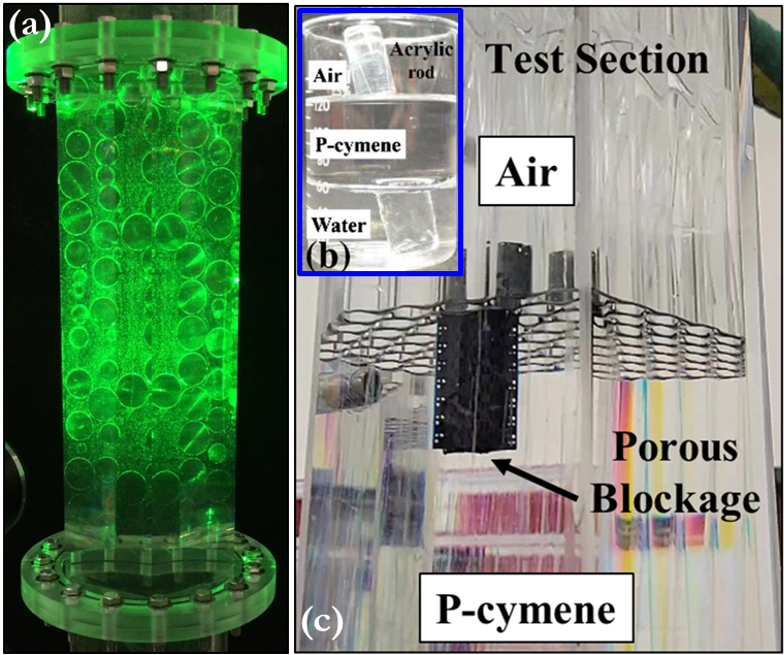 |
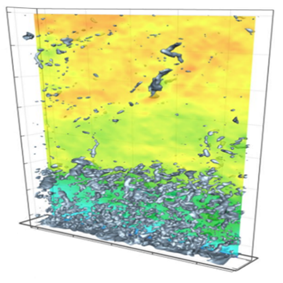 |
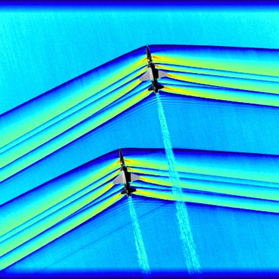 |
|
Presentation Single and multiphase flow investigations in nuclear reactor cores are important to characterize thermal hydraulic responses in nuclear fuel assemblies. Nuclear reactor assemblies often consist of complex geometries where the opacity of the fuel elements pose limitations to investigate internal velocimetry characteristics. The implementation of flow visualizations using the matched-index-of-refraction (MIR) based particle image velocimetry (PIV) allows a quantification of several fluidics parameters overcoming the complexities – critical toward the safety and optimization of nuclear reactor designs. The next generation of nuclear reactor designs, Generation IV, consist of several innovative nuclear reactor designs (LMFR, GFR, PBR, etc.) The high-fidelity PIV data for such nuclear fuel assemblies significantly assist in the development and validation of computational fluid dynamics models.
|
Presentation The pandemic has shown everyone that dealing with the threat of the virus is associated with high costs for society. It is therefore in people's interest to develop methods that enable a normal life even when a virus threatens us again. The formation, release, spread, inhalation, and deposition of the droplets and aerosol particles that can transmit viruses from person to person are fundamental problems in fluid mechanics. Fortunately, we have powerful measurement techniques to analyze these phenomena in detail. The lecture will show how we can gain very valuable qualitative and quantitative information about the relevant flow problems with simple experiments. Furthermore, it is shown how practical protection concepts and rules of conduct can be derived from the scientific findings. The latest research results show that a very differentiated approach is appropriate, since physical stress and the age of the people have a major impact. |
Presentation NASA Armstrong has led the effort to capture high-fidelity schlieren imagery of the shock X-59 QueSST Low-boom Flight Demonstrator. This aircraft will fly at 15,200 m (50,000 ft) and produce a sonic “thump” that is much quieter than the sonic booms aircraft produced to date. Three techniques were developed: Airborne Background Oriented Schlieren, Background Oriented Schlieren using Celestial Objects, and Sun-limb distortion schlieren. Each method was developed to provide complementary capabilities and addressed different engineering issues encountered with deployment. The history of these developments and the current design of the imaging system for the QueSST campaign will be discussed. |
|
Biography Prof. Dr. Hassan is a Professor of Nuclear Engineering and Mechanical Engineering at Texas A&M University. He is the director of the new Center for Advanced Small Modular and Micro Nuclear Reactors and runs the Thermal-Hydraulic Research Laboratory at Texas A&M. His research interests lie in hydrogen production and nuclear technologies, as well as in fluid mechanics, turbulence and laser velocimetry and imaging techniques. He is a fellow of the American Association for the Advancement of Science, the American Society of Mechanical Engineers and American Nuclear Society (ANS). He was awarded numerous awards in fields of mechanical and nuclear engineering. In 2007, Hassan was sworn in as a part-time technical judge to the Atomic Safety and Licensing Board Panel of the U.S. Nuclear Regulatory Commission. |
Biography Prof. Dr. Kähler is Professor for Fluid Dynamics and director of the Institute of Fluid Mechanics and Aerodynamics of the University der Bundeswehr (Munich). His research covers a broad range of topics, such as the development of optical measurement techniques (PIV, PSP) to investigate complex phenomena from microfluidics to aerodynamics and turbulence. He is associate editor of Experiments in Fluids (Springer Nature) and author of the 3rd edition of the Particle Image Velocimetry practical guide. His expertise is much recognized, and he is often present in the national media and worldwide. He acts frequently as scientific advisor of numerous government institutions in Germany, and he has chaired and organized many flow visualization conferences and workshops worldwide. |
Biography JT Heineck has been a scientific imaging specialist for more than 25 years at NASA Ames Research Center. During this time, he has developed and applied several trailblazing flow visualization techniques, such as Retroreflective Focusing Schlieren, Doppler Global Velocimetry, Stereoscopic PIV and many others. His long collaboration with Markus Raffel (who is a Master Class Lecturer for the MFV) had him working with BOS methods since 2001. He has developed and applied thermography techniques for boundary layer transition measurements since 2012 and demonstrated the applicability for helicopter rotor measurements during wind tunnel and flight testing. He holds four US Patents, received a NASA Exceptional Engineering Achievement Medal, AIAA Ground Test Award, and is an Associate Fellow in the AIAA. |
Keynote Lecturers
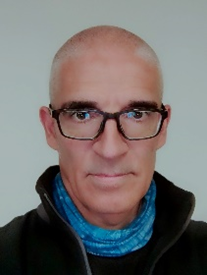 |
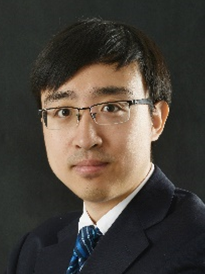 |
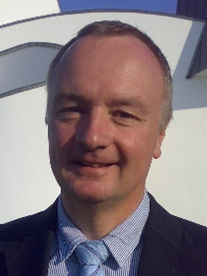 |
| Dr. F. A. Pereira | Dr. D. Peng | Dr. F. Leopold |
| Flow visualization in complex hydrodynamic systems: the case of the counter-rotating propeller | Fast PSP & TSP for understanding complex high-speed flows | Optical Measurements Techniques for Hypersonic Flows |
| Hydrodynamics | Thermal and pressure Imaging | High-speed flows |
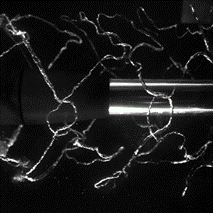 |
 |
 |
| Summary: Many phenomena in hydrodynamics present such complexity that their study remains an outstanding challenge: breaking waves, cavitation, sloshing, high Reynolds turbulent vortex systems, bubbly flows, etc. The flow generated by a counter-rotating propeller system represents one such case, exhibiting several flow features ranging from cavitation on the propeller blades to the interaction of counter-rotating helical vortices in the wake. The lecture presents the use of conventional flow diagnostic techniques, namely Particle Image Velocimetry, Laser Doppler Velocimetry and high-speed imaging, all combined to create a picture of the flow field induced by this unconventional and little understood propulsion system. |
Summary: This lecture presents the recent development on fast-responding pressure- and temperature-sensitive paints, which have evolved into powerful experimental tools for studying complex flow problems. Key advances have been made in paint development, measurement method and data processing, which extends the applications of fast PSP/TSP from regular wind-tunnel tests to more challenging conditions featuring hypervelocity, high temperature and optical occlusion. Full-field pressure and temperature measurements with high spatial and temporal resolution have been achieved on both stationary and moving models. This improves our understanding of fluid problems such as flow transition, shock wave-boundary layer interaction and jet impingement. |
Summary: The recent emergence of hypersonic applications like hypersonic glide vehicles (HGV) results in an increased interest in hypersonic flow-fields. Hypersonic flows are characterized by high temperatures in the shock layer, resulting in substantial heat transfer between the flow and the hypersonic object. The stagnation surfaces in particular are exposed to a large heat load, which degrades and eventually destroys them. This phenomenon is called ablation. As a subcategory, liquid ablation occurs when the metallic surface of a hypersonic object is heated beyond the melting point, being successively either advected downstream by the flow or evaporated. The subject is of renewed interest owing to the development of new hypersonic applications involving the ablation of metallic parts, such as the disintegration prediction of end-of-life low-Earth-orbit satellites and space debris into the atmosphere. |
 |
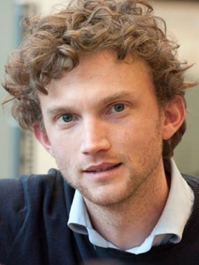 |
 |
| Prof. Dr. A Schröder | Dr. G. Elsinga | Prof. Dr. F. Coletti |
| Lagrangian Flow Visualization by 3D Particle Tracking | Flow Visualizations inspire new scaling laws for extreme events in turbulence | Particles and snowflakes falling through turbulence |
| Lagrangian Particle Tracking | Small-scale Turbulence | Particle-Laden Turbulence |
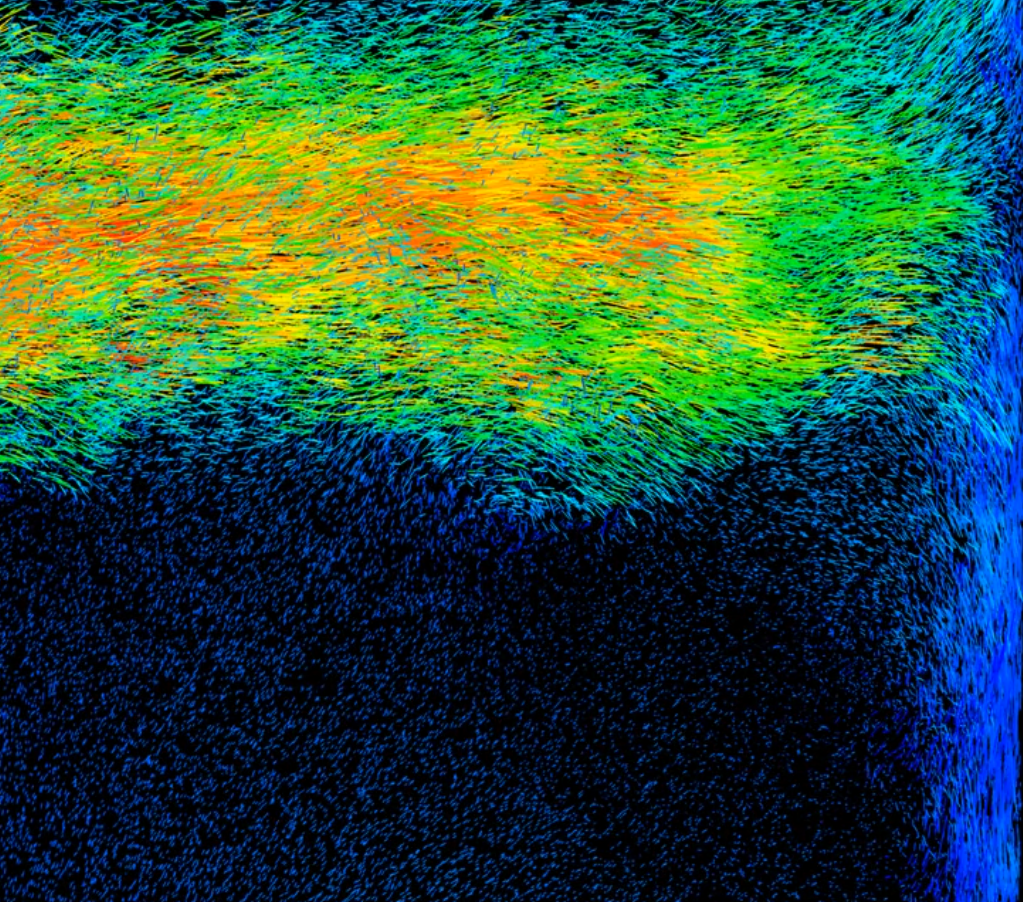 |
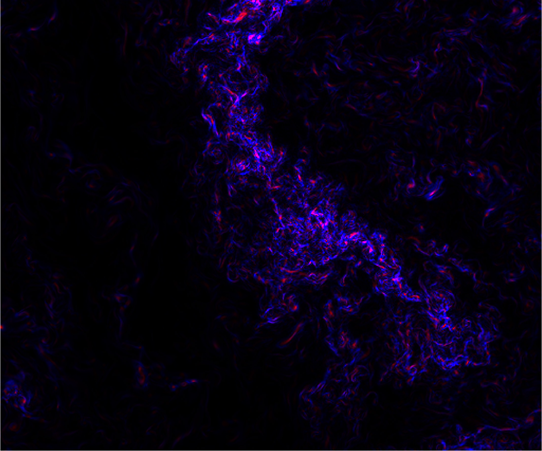 |
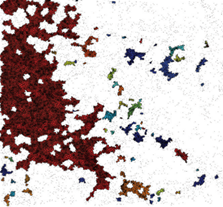 |
| Summary: Dense 3D Lagrangian Particle Tracking (LPT) allows characterizing unsteady and turbulent flows within the Lagrangian and Eulerian frame of reference. The 3D LPT method “Shake-The-Box” (STB) has been continuously developed during the past 10 years and is able to reliably extract particle trajectories from volumetric flow measurements at unprecedented numbers. Data assimilation approaches can also be applied to the dense and scattered input data. An example is the “FlowFit” (FF) method, which uses Navier-Stokes-constraints for an iterative non-linear optimization process resulting in a continuous interpolation of the flow field with minimized deviation to the measurement data. Recent developments of STB and FF will be presented here, along with data from accuracy studies using synthetic experiments and a range of experimental applications to turbulent flows in small and large-scale volumes (up to cubic-meter-scales using HFSB seeding). |
Summary: This lecture presents the recent development on fast-responding pressure- and temperature-sensitive paints, which have evolved into powerful experimental tools for studying complex flow problems. Key advances have been made in paint development, measurement method and data processing, which extends the applications of fast PSP/TSP from regular wind-tunnel tests to more challenging conditions featuring hypervelocity, high temperature and optical occlusion. Full-field pressure and temperature measurements with high spatial and temporal resolution have been achieved on both stationary and moving models. This improves our understanding of fluid problems such as flow transition, shock wave-boundary layer interaction and jet impingement. |
Summary: The situation in which small heavy particles fall in a turbulent fluid is deceptively simple. I will first focus on the case of dilute particles, spherical and non-spherical, falling in homogeneous air turbulence. A unique experimental facility is leveraged, in which hundreds of jets produce a large volume of homogeneous turbulence. I will show how turbulence can strongly increase or decrease the fall speed, depending on the regime. I will then consider the case of particles suspended in turbulent boundary layers, leveraging wind tunnel studies at large friction Reynolds numbers. The relevance of these observations is demonstrated by outdoor field measurements, in which snowflakes are illuminated and tracked by large-scale high-speed imaging. These findings demonstrate how the fundamental phenomenology of particle-laden turbulence can be leveraged towards a better understanding of snow precipitation. |
20th International Symposium on Flow Visualization ISFV-20
 Registration website for 20th International Symposium on Flow Visualization ISFV-20
Registration website for 20th International Symposium on Flow Visualization ISFV-2020th International Symposium on Flow Visualization ISFV-20isfv20@tudelft.nl
20th International Symposium on Flow Visualization ISFV-20isfv20@tudelft.nlhttps://www.isfv20.org/home
2023-07-10
2023-07-13
OfflineEventAttendanceMode
EventScheduled
20th International Symposium on Flow Visualization ISFV-2020th International Symposium on Flow Visualization ISFV-200.00EUROnlineOnly2019-01-01T00:00:00Z
To be announcedTo be announced


